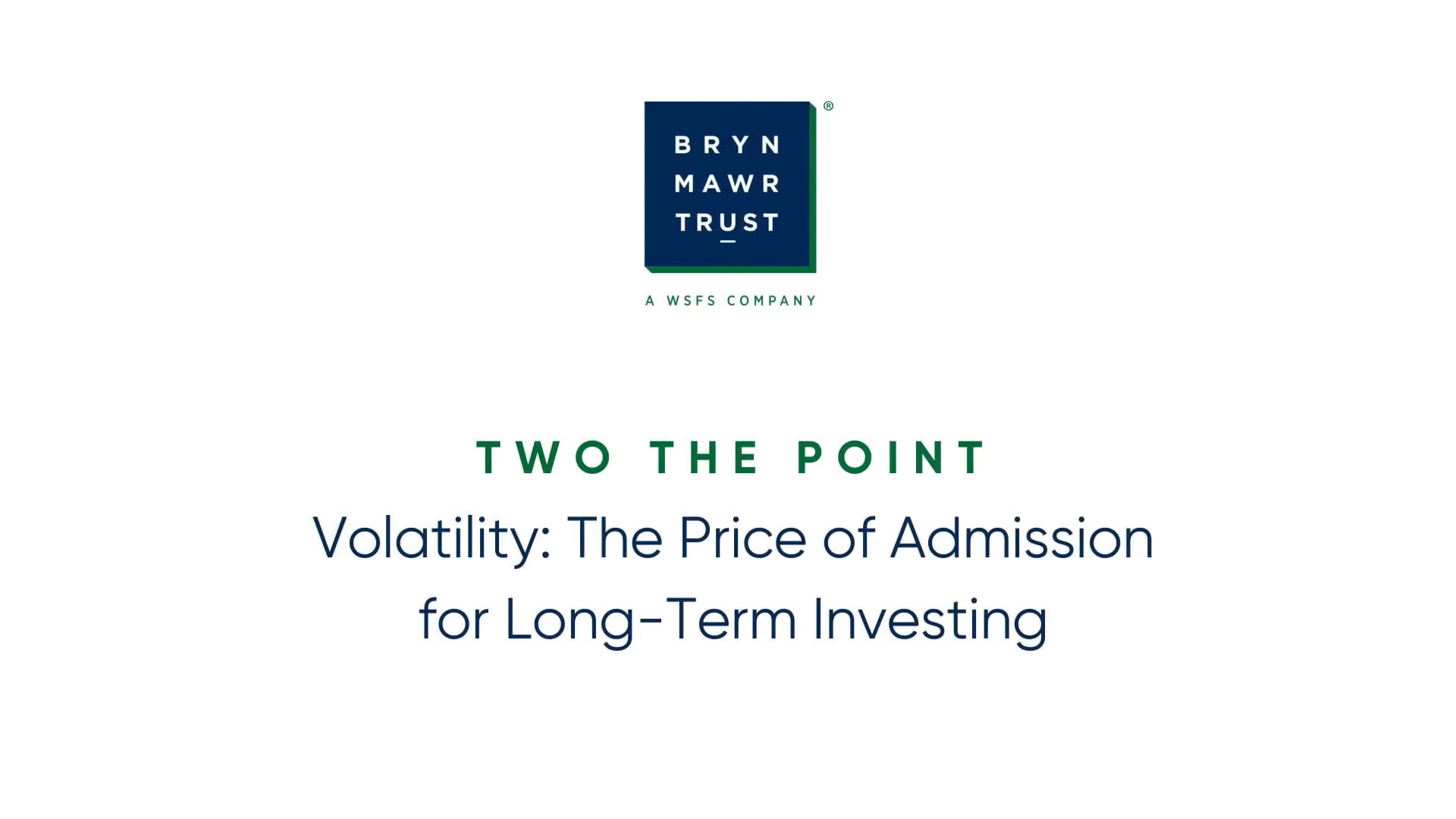Year-End Tax Planning: Maximizing Tax Savings with Tax Loss Harvesting

As we fast approach the end of 2024, tax planning becomes critical.
One strategy that doesn’t always get the attention it deserves is tax loss harvesting. While the term might sound technical, the concept is simple, and when applied correctly, it can yield significant benefits.
Let’s break down tax loss harvesting, why it matters, and how to approach it for maximum benefits.
What is Tax Loss Harvesting?
Tax loss harvesting involves selling investments that have dropped in value to realize a loss. The empirical research has shown that tax loss harvesting strategies can improve the post-tax returns of an investment portfolio by employing a strategy of selling positions in securities with losses in order to generate losses that can be used to offset gains generated in the overall portfolio.1
If your losses are more significant than your gains for the year, you can use up to $3,000 to offset other kinds of income, like salary or business income. Any losses beyond that can be carried over to future years.2
For example, if you made $20,000 on one investment but lost $10,000 on another, you can offset your gains and only report $10,000 of taxable income. This can result in a positive outcome on your tax bill, especially if you’re in a higher tax bracket.
Why does Tax Loss Harvesting matter?
Some taxpayers have diverse portfolios that generate capital gains. While paying taxes on those gains is a given, tax loss harvesting can help reduce the amount of tax owed, boosting after-tax returns.
The potential savings can be significant for those with high net worth. The top federal capital gains tax rate is 20%, plus a 3.8% net investment income tax (NIIT), which adds up to a 23.8% rate on capital gains.3 And that’s without counting state taxes, which can push the rate even higher in places like California and New York. Tax loss harvesting helps the taxpayer lower these taxes, making it a key tool for managing wealth efficiently.
What are the Benefits of Tax Loss Harvesting
- Reducing Your Tax Bill: Tax loss harvesting can directly reduce the amount of tax owed. By selling investments that are down and using those losses to offset gains, you’re reducing your taxable income. Selling them can be especially useful in a year with many market ups and downs.
- Deferring Gains: If your losses exceed your gains, any leftover losses can be carried forward to future years. This gives you a long-term tax planning advantage, helping you offset future gains.
- Boosting Long-Term Wealth: Tax loss harvesting is more than just a short-term fix. By minimizing taxes paid on investments, investors can reinvest what would have gone to taxes, compounding that money within the portfolio. Over time, this can make a meaningful difference in wealth accumulation, especially for high-net-worth individuals and families with multi-generational wealth strategies.
- Opportunity to Rebalance Your Portfolio: Selling underperforming investments gives you a chance to rebalance. You can use the proceeds to buy more assets that fit your long-term goals or take advantage of current market trends.
Important Considerations for Advisors Implementing Tax Loss Harvesting
- Timing Matters: Timing is key when it comes to tax loss harvesting. Monitoring portfolios throughout the year, not just at year-end, is essential. Market downturns, volatility, and sector-specific slumps can present opportunities to harvest losses earlier in the year, giving you a chance to rebalance and reinvest sooner. Waiting until the last minute could lead to missed opportunities.
- Be Aware of the Wash Sale Rule: One of the most significant risks in tax loss harvesting is violating the IRS “wash sale” rule. This rule disallows the loss if you repurchase the same or substantially identical security within 30 days before or after the sale. Advisors need to be mindful of this and carefully plan any reinvestment strategies to avoid nullifying the tax benefit. Using alternative investments or waiting out the 30-day window is essential to keep the benefits intact.
- Avoid Portfolio Disruption: While reducing taxes is important, it should never come at the cost of disrupting a well-constructed portfolio. Tax loss harvesting should be implemented as part of a broader investment strategy. Advisors need to consider the long-term impacts of selling certain assets and ensure that clients’ portfolios remain diversified and aligned with their goals.
Potential Risks and Limitations
- Market Timing Risks: When you sell an investment to capture a loss, there’s a risk that the market will bounce back during the 30-day wash sale period. Make sure to balance the tax savings with any potential market gains.
- Short-Term vs. Long-Term: Selling a security for tax reasons may sometimes align with your long-term investment strategy. Make sure it fits with the bigger picture.
- Not Always Beneficial for Every Investor: Tax loss harvesting isn’t a one-size-fits-all strategy. Each situation is different, and sometimes, the tax savings don’t outweigh the downside of selling a particular investment.
Tax loss harvesting is a powerful tool in the tax planning toolkit for some looking to maximize their after-tax returns. By strategically offsetting gains with losses, you can reduce your tax burden and create flexibility for future tax years. However, to get the most out of this strategy, it’s critical to approach it precisely, ensuring it complements your overall financial goals.
Year-end is the perfect time to revisit the portfolio, explore opportunities for tax loss harvesting, and set the stage for a financial future.



